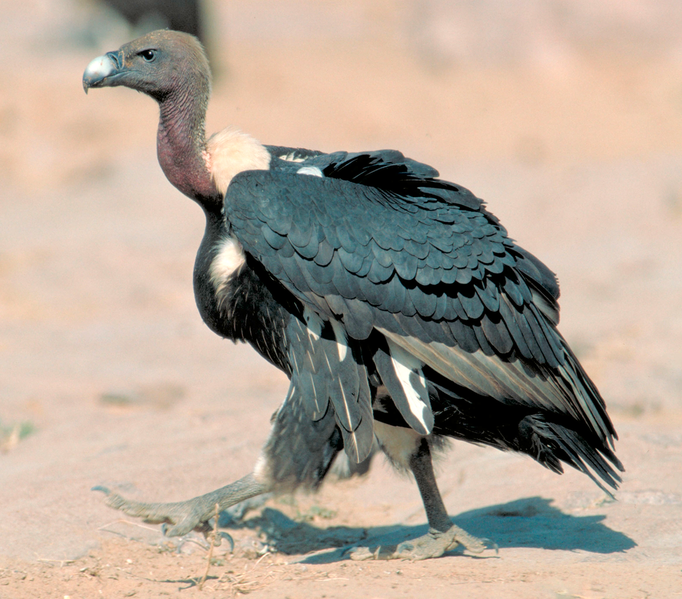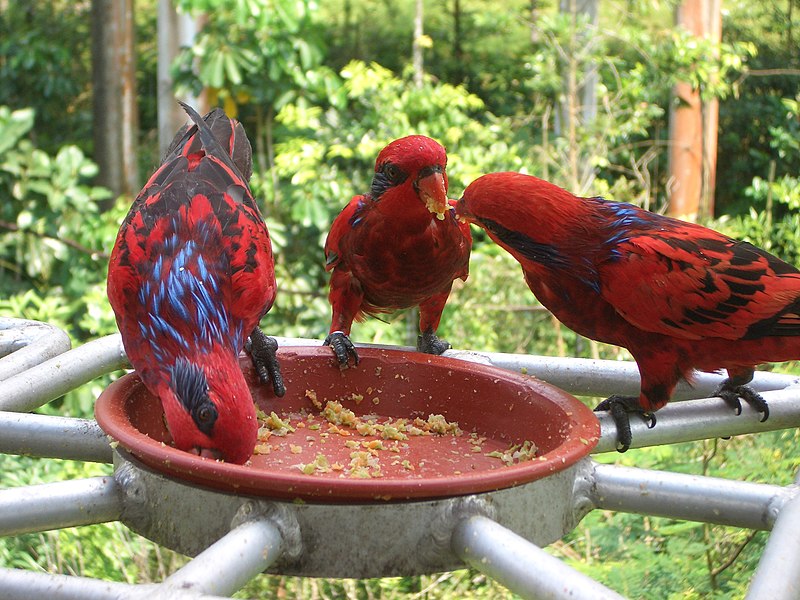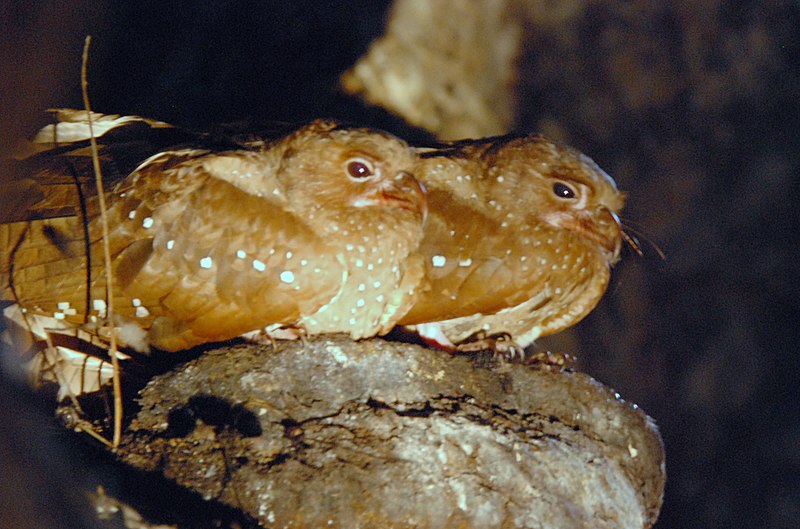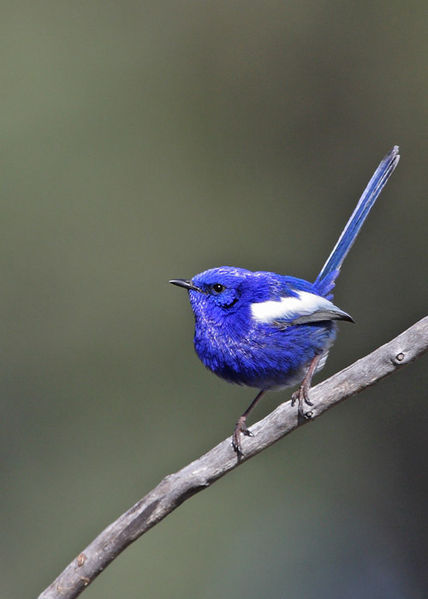 Vulture welfare tends not to arouse much concern, even from bird enthusiasts. However, several species are now at the center of a growing extinction crisis in south Asia. The story illustrates just how complicated things can become when the needs of livestock, people and wildlife collide, and why we must look below the surface when we consider the conservation of any bird or other animal.
Vulture welfare tends not to arouse much concern, even from bird enthusiasts. However, several species are now at the center of a growing extinction crisis in south Asia. The story illustrates just how complicated things can become when the needs of livestock, people and wildlife collide, and why we must look below the surface when we consider the conservation of any bird or other animal.
A Double-Edged Sword
Diclofenac, a drug used to treat both people and livestock, is at the heart of the troubles afflicting India’s vultures. Dead cattle and water buffalos, many of which have been medicated with Diclofenac, are a major source of food for at least 3 species of Indian vultures.
Diclofenac is fatal to vultures when consumed, and has been identified as the major reason behind the steep decline in their numbers in India. In the 1980’s, the White Rumped Vulture was considered to be the world’s most abundant large bird of prey. It has now declined by a staggering 99.9%! Populations of Indian and Slender-Billed Vultures are now at 3% of their 1990 levels. Read More »
 That Bird Blog – Bird Care and History for Pet Birds
That Bird Blog – Bird Care and History for Pet Birds




